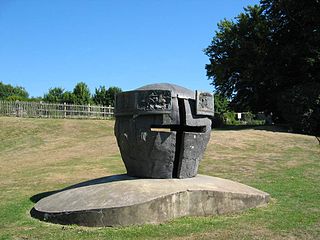This article needs additional citations for verification .(August 2023) |
| Millennium |
|---|
| 2nd millennium |
| Centuries |
| Decades |
| Years |
| Categories |
The 1260s is the decade starting January 1, 1260 and ending December 31, 1269.
This article needs additional citations for verification .(August 2023) |
| Millennium |
|---|
| 2nd millennium |
| Centuries |
| Decades |
| Years |
| Categories |
The 1260s is the decade starting January 1, 1260 and ending December 31, 1269.
1260
1261
1262
1263
1264
1265


1266
1267
1268
1269
1260
1261
1262
1263
1264
1265
1266
1267
1268
1269

Year 1282 (MCCLXXXII) was a common year starting on Thursday of the Julian calendar.
The 1200s began on January 1, 1200, and ended on December 31, 1299.

Year 1320 (MCCCXX) was a leap year starting on Tuesday of the Julian calendar.
The 1250s decade ran from January 1, 1250, to December 31, 1259.
The 1210s was a decade of the Julian Calendar which began on January 1, 1210, and ended on December 31, 1219.
The 1220s was a decade of the Julian Calendar which began on January 1, 1220, and ended on December 31, 1229.
The 1230s was a decade of the Julian Calendar which began on January 1, 1230, and ended on December 31, 1239.
The 1240s was a decade of the Julian Calendar which began on January 1, 1241, and ended on December 31, 1250.
The 1270s is the decade starting January 1, 1270, and ending December 31, 1279.
The 1280s is the decade starting January 1, 1280 and ending December 31, 1289.
The 1290s was a decade of the Julian Calendar which began on January 1, 1290, and ended on December 31, 1299.

Year 1295 (MCCXCV) was a common year starting on Saturday of the Julian calendar.

Year 1236 (MCCXXXVI) was a leap year starting on Tuesday of the Julian calendar.

Year 1258 (MCCLVIII) was a common year starting on Tuesday of the Julian calendar.

Year 1260 (MCCLX) was a leap year starting on Thursday of the Julian calendar.

Year 1261 (MCCLXI) was a common year starting on Saturday of the Julian calendar.

Year 1264 (MCCLXIV) was a leap year starting on Tuesday of the Julian calendar.

Year 1266 (MCCLXVI) was a common year starting on Friday of the Julian calendar.

Year 1278 (MCCLXXVIII) was a common year starting on Saturday of the Julian calendar.

Year 1281 (MCCLXXXI) was a common year starting on Wednesday of the Julian calendar.
1265 isle of man.
1265 Beatrice Portinari.
1267 Giotto.
1260 Maria of Brabant.
1260 Walter of Kirkham.
1265 John maunsell.
1267 Beatrice of provence.
1268 peter savoy.